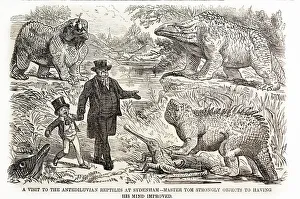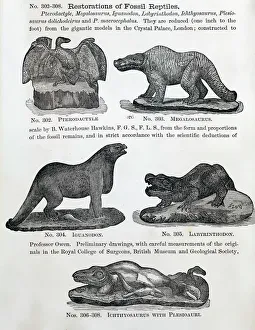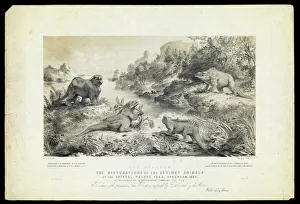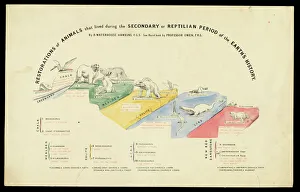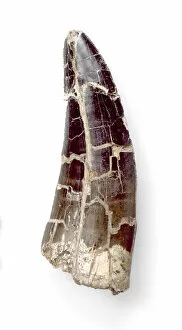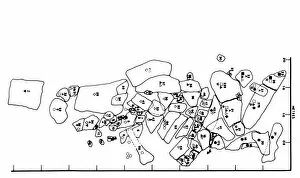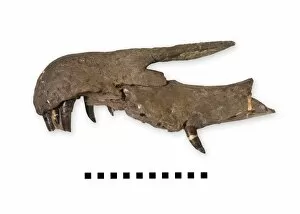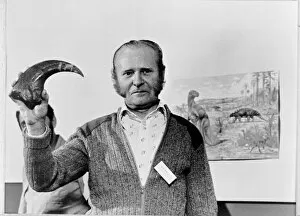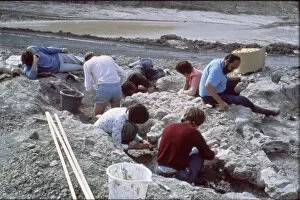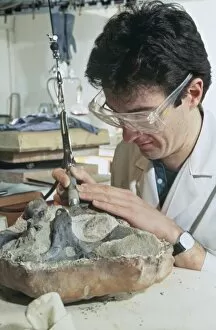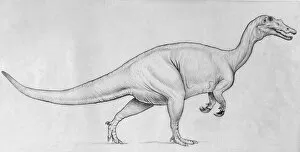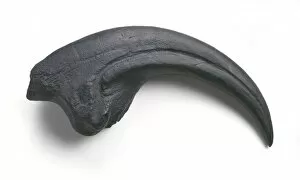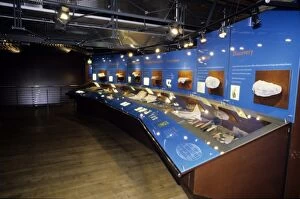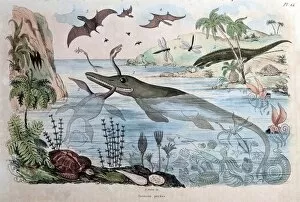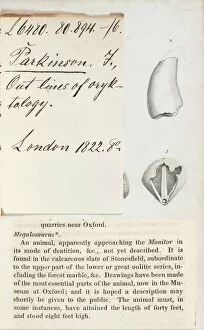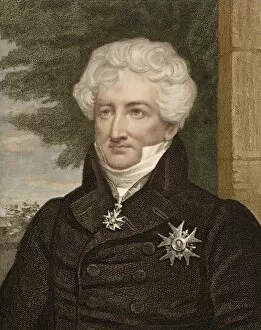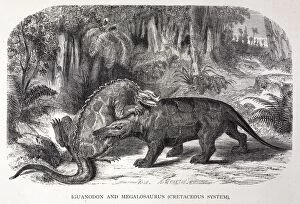Megalosaur Collection
"Megalosaur: Unveiling the Ancient Giants of Crystal Palace Park" Step back in time to 1855, when Punch Dinosaurs roamed the grounds of Crystal Palace
All Professionally Made to Order for Quick Shipping
"Megalosaur: Unveiling the Ancient Giants of Crystal Palace Park" Step back in time to 1855, when Punch Dinosaurs roamed the grounds of Crystal Palace. These magnificent creatures were brought to life by Waterhouse Hawkins' meticulous models in 1866, captivating visitors with their lifelike appearances. The Wealden region holds secrets from the past, as restorations reveal a glimpse into the world of secondary period animals. Among them, Megalosaurus and Pterodactyl take center stage, showcasing their awe-inspiring presence. Discovering a Megalosaurus tooth is like finding a hidden treasure; it offers insight into this fearsome predator's existence. But it doesn't stop there - Eustreptospondylus dinosaur emerges from history's depths, its fossilized remains shedding light on its mysterious nature. Witness the power of Megalosaurus firsthand as you gaze upon its formidable jaw (C016 / 5697). And if that isn't enough to leave you astounded, feast your eyes on the fossil claw belonging to Torvosaurus dinosaur (C016 / 5621), another testament to prehistoric might. Baryonyx takes us even further into our understanding of these ancient giants. In 1983, laboratory work revealed astonishing details about this unique creature through its fossil remains. The Baryonyx fossils offer an invaluable opportunity for scientists and enthusiasts alike to delve deeper into Earth's history. Join us on this journey through time at Crystal Palace Park and marvel at the wonders that once ruled our planet. Let these extraordinary creatures ignite your imagination and remind us all how small we are in comparison to Earth's majestic past.

